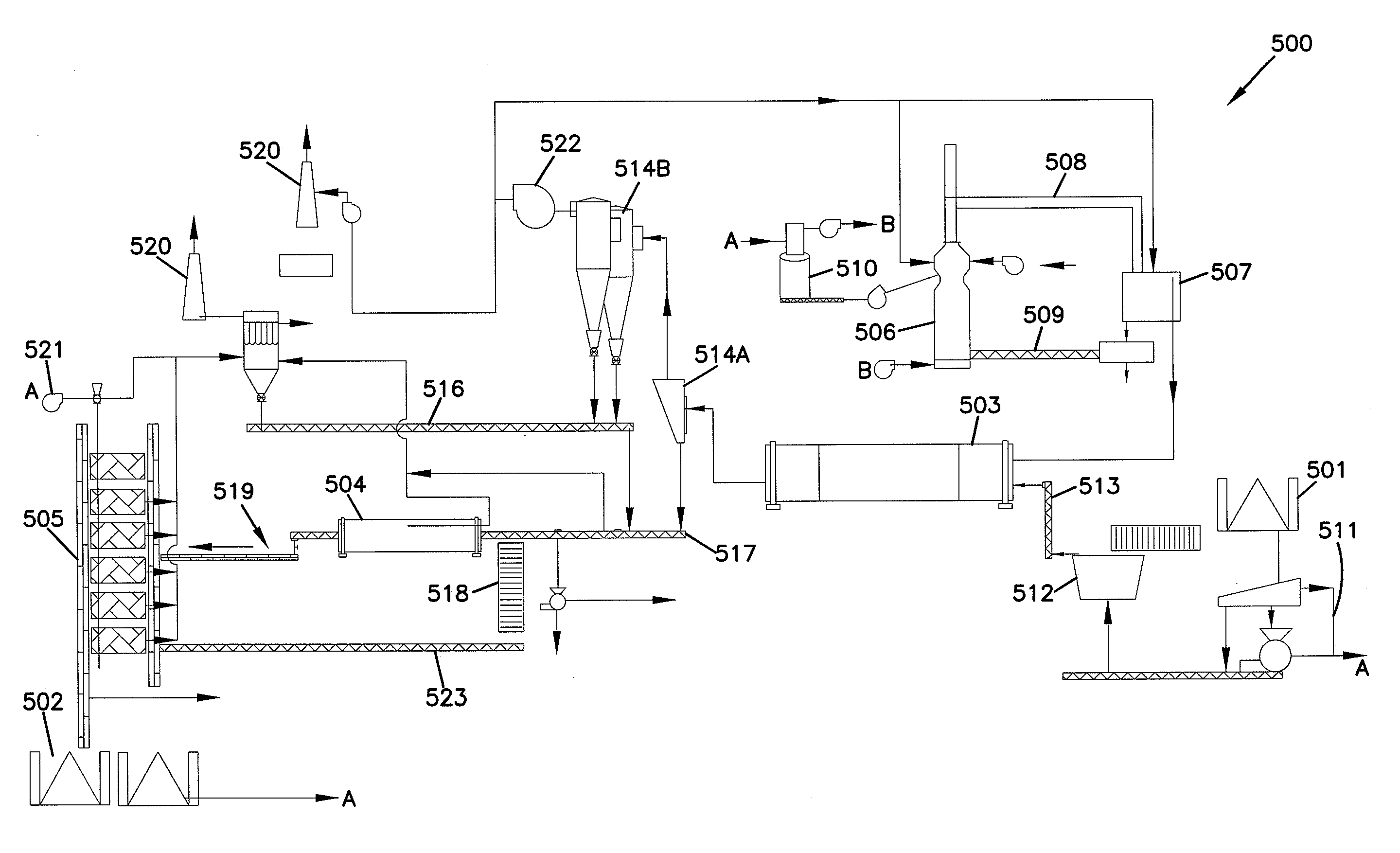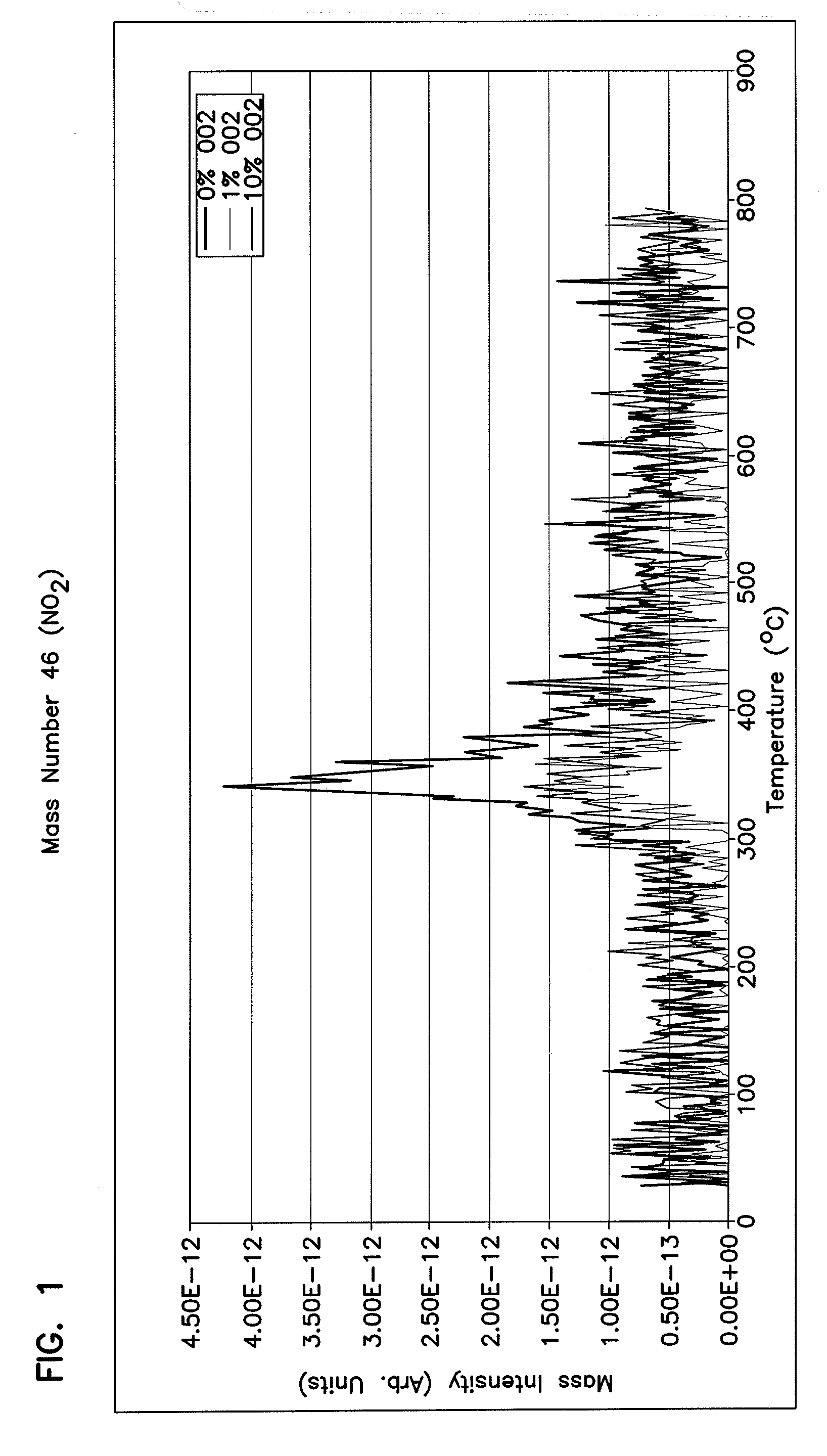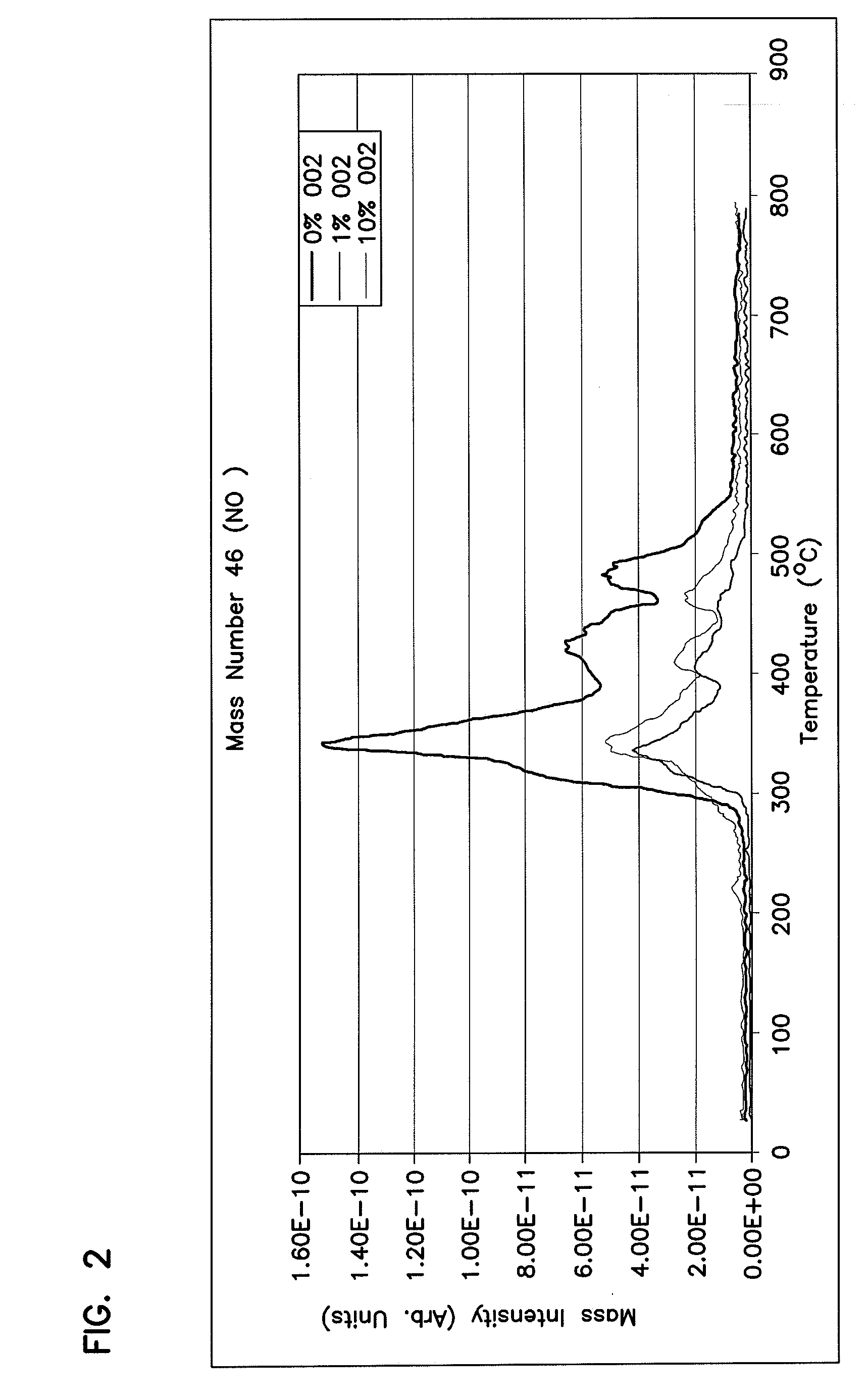Corn stover fuel objects with high heat output and reduced emissions designed for large-scale power generation
a technology of high heat output and large-scale power generation, applied in the field of high energy and low-emission solid fuel, can solve the problems of cumulative environmental impact, increase in cost, and decrease in supply, and achieve the effect of reducing air emissions and increasing heating heat valu
- Summary
- Abstract
- Description
- Claims
- Application Information
AI Technical Summary
Benefits of technology
Problems solved by technology
Method used
Image
Examples
example
Corn Stover Fuel Object
[0045]A fuel object derived from corn stover and wood was produced and was substantially free of coal or other fossil fuel source. FIG. 6 shows an embodiment of the fuel object of the invention. The corn stover fuel object was substantially cylindrical in shape with a length of 6.0 cm and a diameter of 2.5 cm.
TABLE 2Fuel Object CharacterizationVolume15cm3Moisture content9.58wt. %Amount of particulate derived from64.2wt. %corn stover-fiber size 100 to 35,000micronsAmount of particulate derived from26.1wt. %wood fiber-fiber size 100 to 30,000micronsSodium bicarbonate (inorganic base)9.7wt. %
In testing, this corn stover fuel object provided about 7,422 BTU / pound (lb.).
PUM
 Login to View More
Login to View More Abstract
Description
Claims
Application Information
 Login to View More
Login to View More - R&D
- Intellectual Property
- Life Sciences
- Materials
- Tech Scout
- Unparalleled Data Quality
- Higher Quality Content
- 60% Fewer Hallucinations
Browse by: Latest US Patents, China's latest patents, Technical Efficacy Thesaurus, Application Domain, Technology Topic, Popular Technical Reports.
© 2025 PatSnap. All rights reserved.Legal|Privacy policy|Modern Slavery Act Transparency Statement|Sitemap|About US| Contact US: help@patsnap.com



